Black-Hooded Oriole
- December 6, 2023
- 0 comment
The Black-Hooded Oriole (Oriolus xanthornus) is a vibrant member of the oriole family, captivating with its striking appearance and melodious call.
Physical Appearance
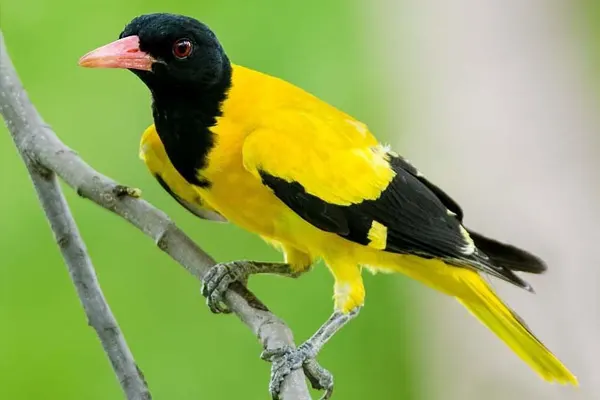
Black-Hooded Oriole
- Lifespan: 6 to 10 years
- Habitat: Open woodlands, including savannas, deciduous forests, and cultivated areas.
- Diet: Insects, Caterpillars, Beetles, Grasshoppers, Cicadas, Also eats fruits, berries, and nectar
- Size: 23-26 cm
- Weight: 56-68 grams
- Wingspan: 38-44 cm
- Conservation Status: Least Concern.
- Population Trend: Stable.
Imagine a dazzling splash of sunshine with a contrasting black hood. The male Black-Hooded Oriole lives up to its name, sporting a bold black head and breast that extends to a thick band around its neck. Its vibrant yellow plumage covers the rest of its body, adding a touch of sunshine to any landscape. Females and juveniles are slightly less flamboyant, with a duller yellow body and a streaked throat instead of a solid black hood.
Species Type
Within the Oriolidae family, there are 29 recognized species of orioles, each with its unique characteristics and distribution range. The Black-Hooded Oriole is one of the most widespread species in its genus.
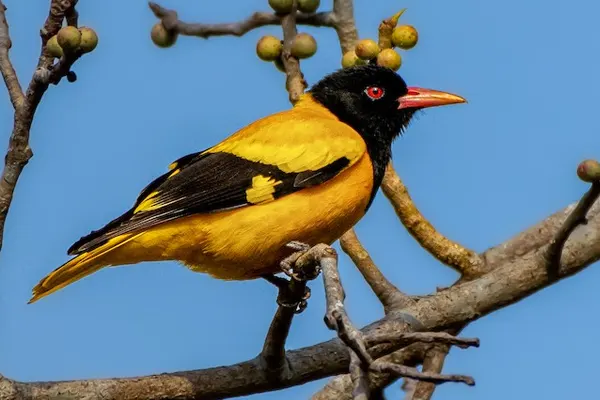

- Family: Oriolidae (orioles)
- Genus: Oriolus (old world orioles)
- Species: O. xanthornus (Black-Hooded Oriole)
Feather Coloration
The feather coloration of the Black-Hooded Oriole is a striking display of vibrant hues and contrasting tones.

Male Black-Hooded Oriole
- Head and throat: Bold black, extending to a thick band around the neck, forming the characteristic “hooded” appearance.
- Body: Bright yellow, ranging from a sunny yellow to a deeper flame orange depending on the region.
- Rump: Yellow to orange, slightly brighter than the body color.
- Wings: Black, with prominent white wingbars formed by the tips of the secondary coverts.
- Tail: Black, with slight pale tips on the outer feathers in some individuals.
Female and Juvenile
- Head: Olive-yellow, becoming grayer on the crown and nape.
- Body: Olive-gray, with a greenish tinge on the back and rump.
- Underparts: Yellowish, paler on the belly and brighter on the chest.
- Wings: Grayish-black, with less prominent white wingbars compared to males.
- Tail: Black, with pale tips on the outer feathers.
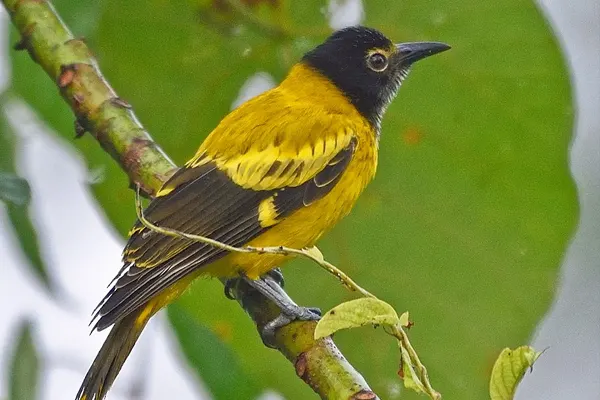
Colors can vary depending on individual birds, age, and even geographical location. For example, males in the northwestern part of their range tend to be more yellow, while those in the south exhibit a deeper orange hue.
Flight Characteristics
The Black-Hooded Oriole’s flight pattern is a combination of power, efficiency, and moderate agility. It allows them to navigate their environment effectively and adapt to different flight situations, showcasing their well-developed aerial skills.
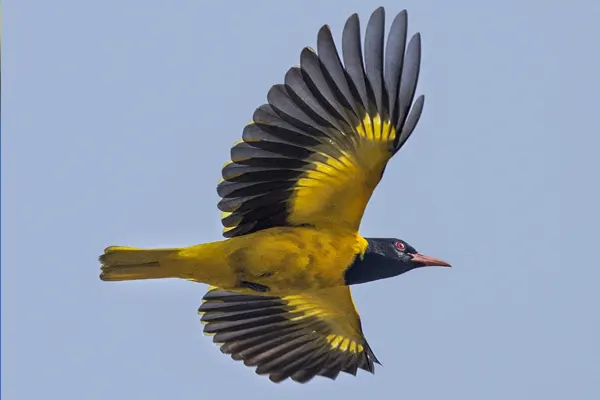
- Strong and Direct: Their flight is described as powerful and direct, with steady wingbeats that propel them forward efficiently. This allows them to travel long distances during migration or navigate through dense foliage while foraging.
- Shallow Dips: Over longer distances, their flight can incorporate shallow dips and rises, creating a somewhat undulating path. This is not as pronounced as the more acrobatic maneuvers of some smaller birds, but adds a distinctive rhythm to their flight.
- Maneuverability: While primarily focusing on forward movement, the Black-Hooded Oriole can also demonstrate agility and maneuverability when needed. They are capable of sharp turns and rapid changes of direction, especially when chasing prey or avoiding predators.
- Flocking: When flying in groups, Black-Hooded Orioles often maintain a loose formation, spacing themselves evenly and staying within visual contact. This coordinated movement helps them stay connected and potentially deter predators.
- Glide: Occasionally, the Black-Hooded Oriole may use short glides to conserve energy during long journeys or when descending from a high perch. However, sustained gliding is not a prominent feature of their flight repertoire.
Migration Patterns
The Black-Hooded Oriole (Oriolus xanthornus) is a fascinating bird with a wide range, inhabiting the tropical regions of southern Asia. While some populations are resident, remaining in the same area year-round, others exhibit migratory behavior, traveling impressive distances to find suitable habitats.

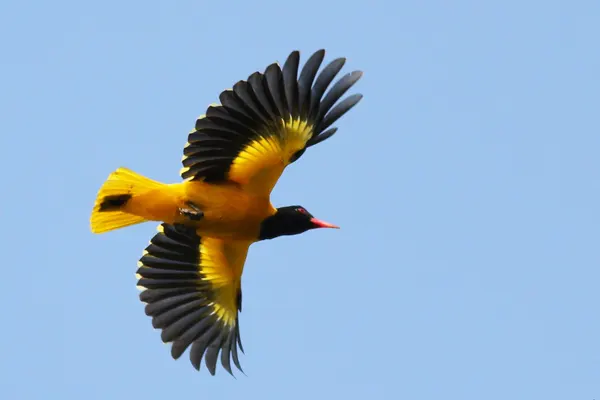
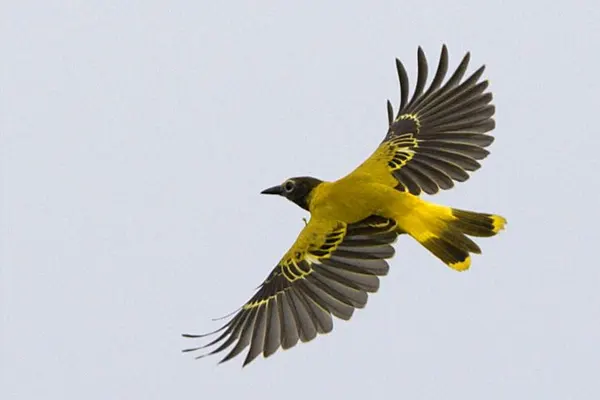
Resident Populations
- Southern India and Sri Lanka: Black-Hooded Orioles residing in these regions are primarily non-migratory. They enjoy year-round warm temperatures and abundant food resources, allowing them to remain in their established territories.
- Southeast Asia: Populations in Sumatra, Borneo, and other Southeast Asian islands also exhibit limited migratory behavior. The availability of resources throughout the year minimizes the need for long-distance travel.
Migratory Populations
- Northern India and Nepal: Birds breeding in these regions face colder winters and reduced food availability. As winter approaches, they embark on a southward migration, traveling thousands of kilometers to warmer regions such as peninsular India and Sri Lanka. This migration typically occurs between September and October and ensures access to essential resources during the colder months.
- Eastern Himalayas: Migratory populations from the eastern Himalayas travel southwards to Myanmar, Thailand, and Vietnam. This movement begins in September and October and allows them to escape the harsh winter conditions in their breeding grounds.
Factors Influencing Migration
- Food availability: Seasonal changes in food abundance play a crucial role. As winter approaches and food resources become scarce in breeding grounds, birds migrate to areas with more plentiful food sources.
- Temperature: The Black-Hooded Oriole is a tropical species poorly adapted to cold temperatures. Migration allows them to avoid harsh winter conditions and maintain their body temperature in a suitable range.
- Rainfall: Rainfall patterns can also influence migration, as abundant rainfall often coincides with increased food availability in certain regions.
Habitat & Distribution
The Black-Hooded Oriole (Oriolus xanthornus) is a vibrant bird found in the tropical regions of southern Asia. It inhabits a diverse range of habitats, offering a glimpse into its adaptability and ecological role.
- Open woodlands: These are the primary habitat for Black-Hooded Orioles. They favor landscapes with scattered trees and tall shrubs, providing them with ample foraging opportunities and nesting sites.
- Savannas: These grasslands interspersed with scattered trees offer another suitable habitat for the species. They thrive in the savannah’s open spaces, easily maneuvering between trees and foraging for insects and fruits.
- Cultivated areas: Black-Hooded Orioles have readily adapted to human-modified landscapes. They can be found in plantations, farms, and even gardens, benefiting from the readily available food sources such as fruit trees and flowering plants.
- Mangroves: In some parts of their range, particularly along the coasts, Black-Hooded Orioles utilize mangrove forests as habitat. These unique ecosystems provide them with a rich food source of insects and a sheltered environment.
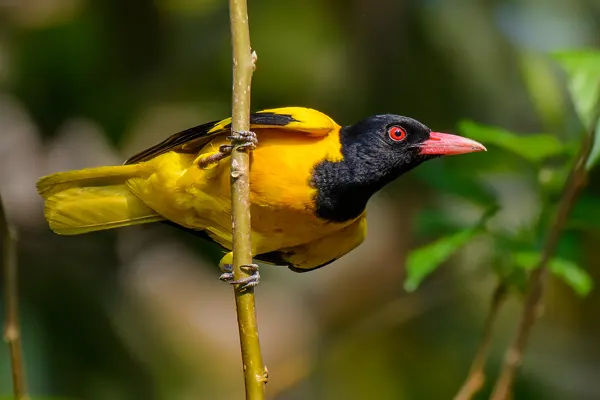
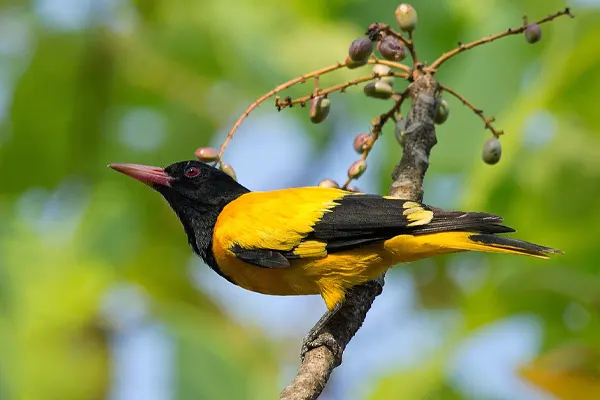
Distribution
- Geographic range: The Black-Hooded Oriole has a wide distribution, extending from India and Sri Lanka in the west to Indonesia in the east.
- Regional variations: Within this vast range, the species exhibits some regional variations in habitat preferences. For example, in India, they are more commonly found in dry deciduous forests, while in Southeast Asia, they are more prevalent in humid evergreen forests.
- Elevation: Black-Hooded Orioles are generally found in lowlands and foothills, typically below 1,500 meters (4,900 feet) above sea level. However, in some areas, they have been observed at higher elevations.
- Migration: While some populations are resident, remaining in the same area year-round, others exhibit migratory behavior. Birds in India and Nepal migrate southward during winter to escape colder temperatures and ensure food availability.
Behavioral Traits
The Black-Hooded Oriole presents a captivating example of avian behavior, demonstrating their intelligence, adaptability, and strong social interactions. Their fascinating array of traits contributes to their success in their diverse habitats, ensuring their continued survival and ecological impact.

Foraging
- Omnivorous: Black-Hooded Orioles are omnivores, with their diet consisting primarily of insects like caterpillars, beetles, and grasshoppers. However, they readily supplement their diet with fruits, berries, and nectar, adapting to local food availability.
- Acrobatic: They are highly agile and acrobatic, adeptly hanging upside down and maneuvering through dense foliage to reach hidden food sources.
- Cooperative: In some instances, they may engage in cooperative foraging, working together with other birds to flush out prey or uncover hidden fruits.
- Tool use: While uncommon, there have been reports of Black-Hooded Orioles using tools, such as twigs or leaves, to access difficult-to-reach food.
Interspecies Relationships
- Mutualistic: Black-Hooded Orioles sometimes engage in mutualistic relationships with other species, such as monkeys or squirrels. The birds benefit from the insects and fruits flushed out by the mammals, while the mammals gain access to fruits opened by the birds.
- Interspecies aggression: While primarily peaceful, they may exhibit aggression towards other bird species, especially those competing for similar resources.
Role in Ecosystem
The Black-Hooded Oriole plays a critical role in maintaining the health and balance of its ecosystem. Their diverse ecological roles contribute to pollination, seed dispersal, pest control, decomposition, and serve as an indicator of environmental health. By appreciating their ecological importance and taking steps to protect their habitat, we can ensure the continued survival of this captivating bird and the vital role it plays in the environment.
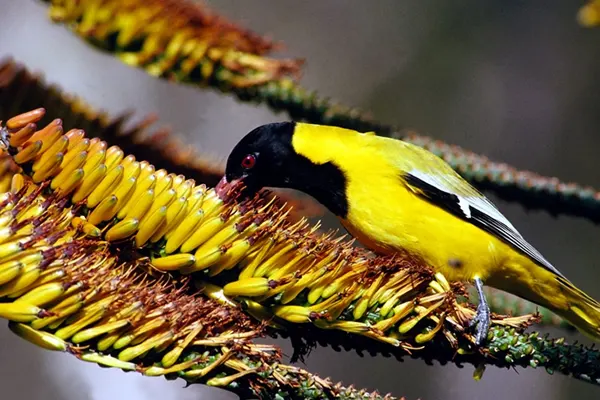
- Predator: As insectivores, they control populations of insects, preventing outbreaks and maintaining ecological balance within their ecosystem.
- Pollinator: Black-Hooded Orioles feed on nectar from flowering plants, facilitating cross-pollination and ensuring the reproduction of various plant species.
- Seed Disperser: This process promotes the spread of plant species and contributes to the regeneration of forests and other vegetation.
- Scavenger: Black-Hooded Orioles may feed on carrion and other dead organic matter, aiding in decomposition and nutrient cycling within their ecosystem.
- Indicator Species: Changes in their population size or behavior can signal environmental degradation or other ecological imbalances, prompting necessary conservation efforts.
- Aesthetic Value: Their presence adds beauty and richness to their natural environment, contributing to the enjoyment and appreciation of nature by humans.
Dietary Habits
The Black-Hooded Oriole’s diverse dietary habits allow them to thrive in their environment. Their opportunistic nature, adaptable foraging techniques, and nutritional requirements shape their ecological role as predators, pollinators, and seed dispersers, contributing to the health and balance of the ecosystems they inhabit.
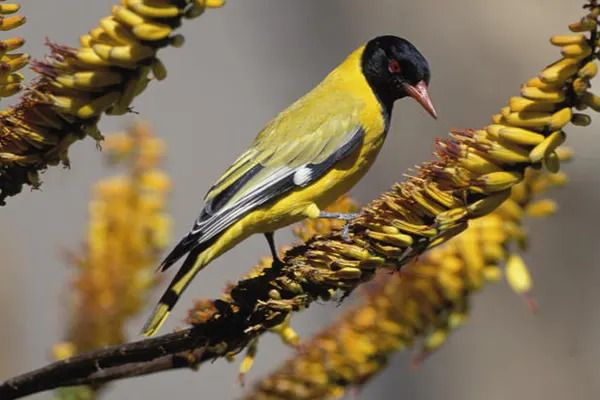
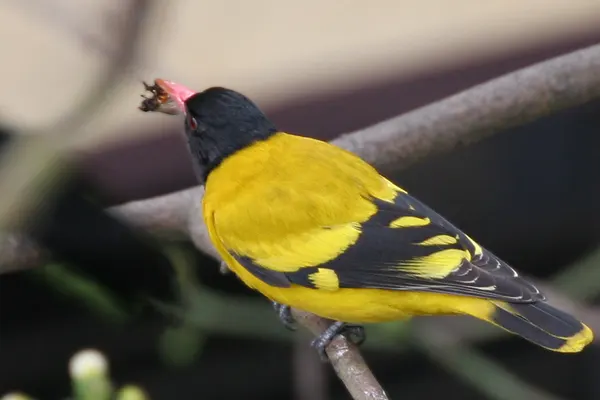
Predominant food
- Insects: These form the core of their diet, with Black-Hooded Orioles actively foraging for caterpillars, beetles, grasshoppers, cicadas, and other invertebrates. This provides them with essential protein and energy.
- Fruits: They readily consume fruits and berries when available, supplementing their protein intake with vitamins, minerals, and carbohydrates.
- Nectar: Black-Hooded Orioles feed on nectar from various flowering plants, contributing to pollination and expanding their dietary range.
Foraging techniques
- Insectivores: They employ various techniques to catch insects, including gleaning from foliage, sallying in mid-air, and even hanging upside down to reach hidden prey.
- Fruit eaters: They use their sharp beaks to peck at fruits and berries, extracting the flesh and seeds.
- Nectar feeders: Black-Hooded Orioles have specially adapted brush-tipped tongues that allow them to efficiently extract nectar from flowers.
Interesting Facts
These are just a few of the fascinating facts about the Black-Hooded Oriole. Their intelligence, adaptability, and social nature make them truly remarkable birds, contributing significantly to the ecological balance and beauty of their environment.
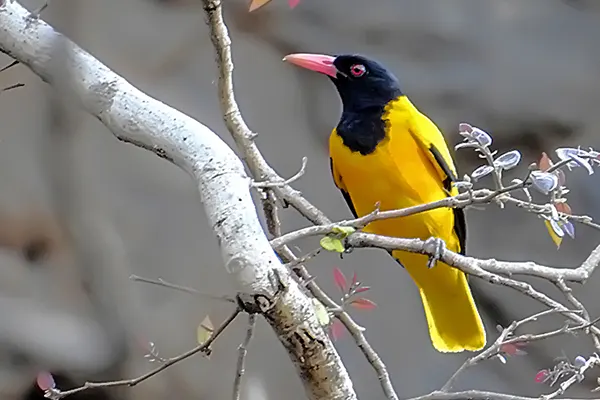
- Musical Mimics: These feathered wonders are gifted mimics, incorporating sounds from their environment into their songs. Expect to hear echoes of other bird calls, human speech, and even mechanical sounds in their repertoire!
- Tool-Using Opportunists: While not common, Black-Hooded Orioles have been observed using tools like twigs and leaves to reach hidden food sources. This demonstrates their exceptional intelligence and problem-solving skills.
- Sneaky Nectar Thieves: They can be quite resourceful when it comes to nectar. By piercing the base of flowers, they’ve earned the nickname “nectar thieves” in some areas, cleverly accessing nectar without actually pollinating the flowers.
- Hanging Acrobats: Their agility allows them to hang upside down to reach hidden treasures—both insects and fruit. This showcases their impressive athleticism and adaptability to diverse foraging situations.
- Cooperative Family Birds: In some populations, Black-Hooded Orioles exhibit cooperative breeding, with helpers assisting the breeding pair in raising their young. This heartwarming behavior highlights their strong social bonds and family-oriented nature.
Nesting Habits
The Black-Hooded Oriole’s nesting habits reflect their remarkable skills, dedication to their young, and resilience in the face of challenges. By understanding their nesting behavior and implementing conservation strategies, we can help ensure the continued survival of this captivating species and their intricate nests for generations to come.
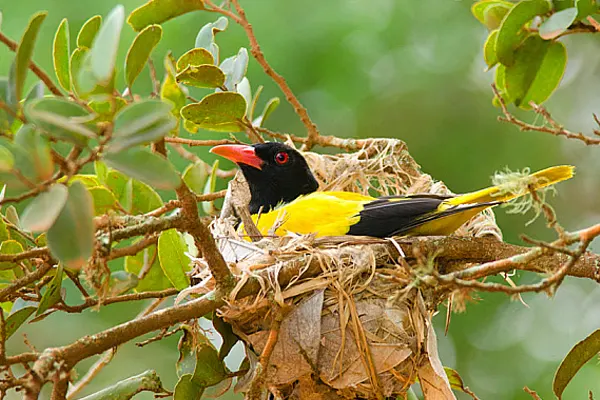
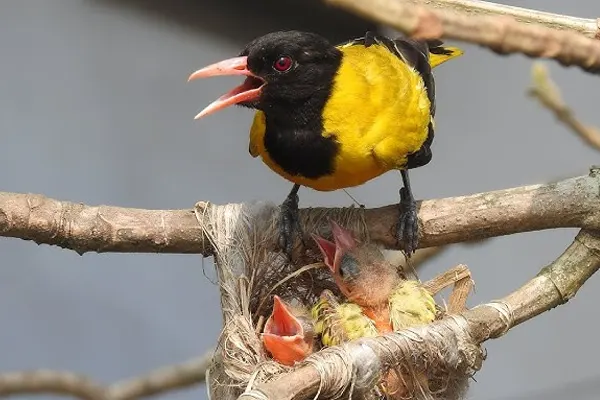
Nest construction
- Hanging pouch: Black-Hooded Orioles are renowned for their intricately woven hanging nests, often resembling a pouch or basket.
- Female responsibility: The female solely constructs the nest, skillfully weaving plant fibers, grasses, and leaves together using her beak.
- Location: Nests are typically built in the fork of a tree branch, at a height of 10-20 meters (33-66 feet) above the ground.
- Camouflage: The exterior of the nest is often adorned with lichen, spiderwebs, and other natural materials, providing camouflage and blending seamlessly with the surrounding foliage.
- Lining: The interior of the nest is lined with soft materials like feathers, down, and plant fibers, creating a comfortable and secure environment for the chicks.
Melodious Song & Vocalizations
The calls and vocalizations of the Black-Hooded Oriole represent a fascinating aspect of their behavior. Their diverse repertoire serves a multitude of functions, contributing to their communication, territorial defense, mating success, and overall social interactions.

Calls
- Sharp and nasal ‘whee’: This is their most common call, often used to maintain contact with each other within the flock.
- Harsh ‘chuck’: This call is typically used as an alarm call or to express aggression towards intruders.
- Soft, dry ‘chatter’: This quieter vocalization is often used during foraging, allowing them to communicate their location to other members of the flock.
Songs
- Scratchy, abrupt warble: This is the main song of the male Black-Hooded Oriole, used to attract mates and defend their territory.
- Catlike cries: These mimicry-based sounds are incorporated into their songs, adding variety and complexity.
- Interspersed whistles: Clear, whistling notes are often interspersed throughout their songs, adding a melodic element.
- Mimicked sounds: They are skilled mimics, incorporating sounds from their environment, including other bird calls, human speech, and even mechanical noises, into their songs.
Vocal variations
- Individual variation: Each Black-Hooded Oriole has its own unique vocal signature, allowing them to recognize each other individually.
- Sexual dimorphism: Male and female songs have distinct characteristics. The male’s song is more complex and melodious, while the female’s song is simpler and shorter.
- Geographic variation: Vocalizations may vary slightly across different geographic regions.
Ecological Significance
Recognizing their ecological importance, conservation efforts are crucial to ensure the continued survival of the Black-Hooded Oriole. Protecting and restoring their natural habitats, reducing threats like habitat loss and pesticide use, and promoting public awareness about their vital role in the ecosystem are essential steps towards ensuring their future generations. By understanding and appreciating their ecological significance, we can ensure that the Black-Hooded Oriole continues to thrive and contribute to the vibrant tapestry of life in its tropical home.
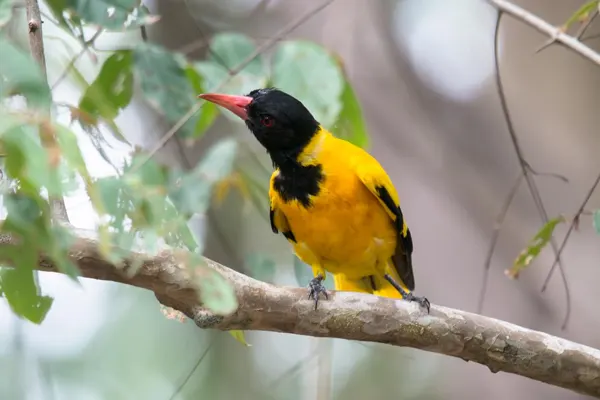
Predatory Role
- As insectivores, Black-Hooded Orioles control populations of insects, preventing outbreaks and maintaining ecological balance within their ecosystem.
- They prey on a wide variety of insects, including pests that may damage agricultural crops, contributing to pest control.
Pollinator and Seed Disperser
- Black-Hooded Orioles feed on nectar from flowering plants, facilitating cross-pollination and ensuring the reproduction of various plant species.
- They consume fruits and berries, ingesting and dispersing the seeds through their droppings, promoting the spread of plant species and the regeneration of forests and other vegetation.
Scavenger and Nutrient Cycler
- Black-Hooded Orioles may feed on carrion and other dead organic matter, aiding in decomposition and nutrient cycling within their ecosystem.
- This role helps remove waste and return essential nutrients to the soil, contributing to the overall productivity of the ecosystem.
Conservation Status
Black-Hooded Oriole is not currently facing imminent danger of extinction, conservation efforts are still necessary to ensure its long-term survival. By protecting their habitats, mitigating threats, and conducting further research, we can ensure that these vibrant birds continue to thrive in the tropical ecosystems they call home.
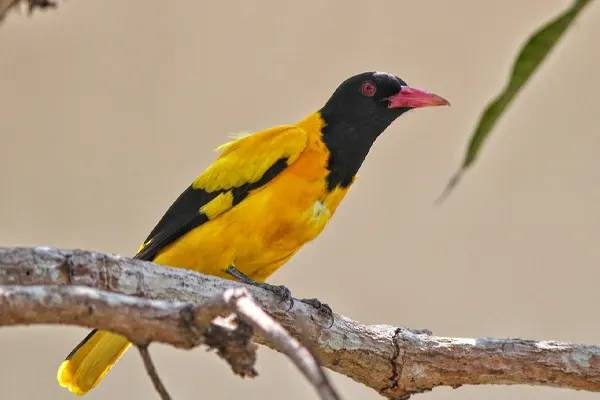

Conservation Efforts
- Protected areas: Establishing and managing protected areas to conserve their natural habitats is crucial.
- Sustainable forestry practices: Promoting sustainable forestry practices that minimize habitat loss and fragmentation is essential.
- Public awareness: Raising awareness about the Black-Hooded Oriole and its ecological significance can encourage conservation efforts.
- Research: Continued research on their population dynamics, habitat preferences, and threats is crucial for developing effective conservation strategies.
Research and Ongoing Studies
These are just some examples of ongoing research and studies on the Black-Hooded Oriole. By conducting research and gathering information about their biology, ecology, and conservation needs, we can develop effective strategies to ensure their long-term survival and continue to learn about these fascinating birds.
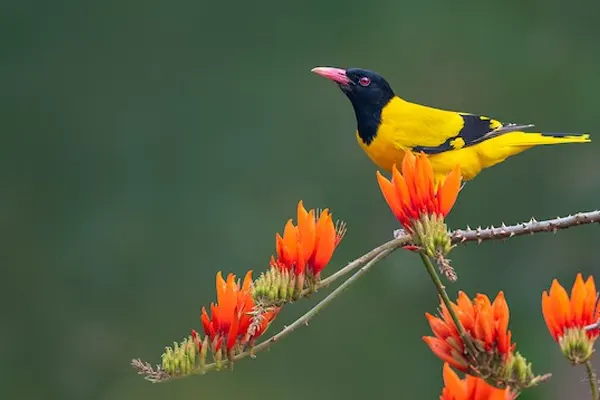
Population Studies
- Estimating population size and trends: Researchers are using various techniques, including surveys, mark-recapture studies, and citizen science data, to estimate the global population size of the Black-Hooded Oriole and monitor its population trends over time.
- Understanding migration patterns: Studies are being conducted to track the migration routes and timing of different populations using satellite telemetry and banding data. This information is crucial for identifying critical stopover sites and potential threats during migration.
Habitat Studies
- Identifying habitat preferences: Researchers are investigating the specific habitat types and characteristics preferred by Black-Hooded Orioles for breeding, foraging, and roosting. This information is essential for conservation efforts focused on protecting their critical habitats.
- Impact of habitat fragmentation: Studies are underway to assess the impact of habitat fragmentation on the population dynamics and movement patterns of Black-Hooded Orioles. This helps develop strategies to improve connectivity between fragmented habitats.
Behavioral Studies
- Communication and social interactions: Research is focused on understanding the communication system of Black-Hooded Orioles, including the functions of their calls and songs, and the social interactions within their flocks.
- Breeding behavior and parental care: Studies are investigating the breeding behavior of Black-Hooded Orioles, including nest site selection, nest construction, egg laying, incubation, and chick rearing. This information is crucial for understanding their reproductive success and identifying potential threats to their breeding grounds.
- Foraging ecology: Researchers are investigating the foraging strategies and food preferences of Black-Hooded Orioles, including their prey selection, foraging techniques, and seasonal variations in their diet. This information helps us understand their ecological role as insectivores and seed dispersers.
Educational and Ecotourism
Black-Hooded Oriole presents a unique opportunity for education and ecotourism. By engaging the public in learning about this fascinating bird and promoting responsible tourism practices, we can foster a greater understanding and appreciation for the Black-Hooded Oriole and its role in the ecosystem, ultimately contributing to its conservation and long-term survival.
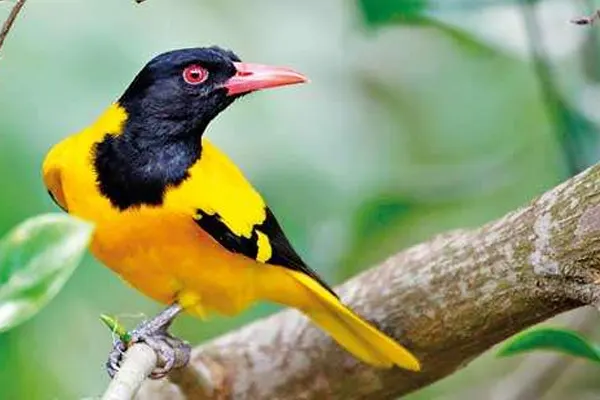
Educational Opportunities
- School programs: Schools can incorporate the Black-Hooded Oriole into their curriculum, teaching students about bird biology, ecology, conservation, and the importance of protecting biodiversity. This can involve classroom presentations, field trips to birdwatching sites, and hands-on activities like building bird feeders or nesting boxes.
- Citizen science projects: Citizen science programs can engage the public in collecting valuable data on the Black-Hooded Oriole, such as their distribution, breeding behavior, and feeding habits. This data contributes to scientific research and conservation efforts.
- Birdwatching workshops: Birdwatching workshops can teach people how to identify Black-Hooded Orioles, understand their behavior, and appreciate their ecological roles. This activity allows people to connect with nature and fosters a sense of environmental responsibility.
- Educational materials: Educational materials, such as brochures, posters, and online resources, can be developed to inform the public about the Black-Hooded Oriole and the importance of protecting their habitat.
Ecotourism Opportunities
- Birdwatching tours: Guided birdwatching tours can take visitors to areas where Black-Hooded Orioles are known to occur, allowing them to observe these birds in their natural habitat. Experienced guides can provide information about their behavior, ecology, and conservation needs.
- Nature photography workshops: Photography workshops can teach participants how to capture stunning images of Black-Hooded Orioles. This activity allows people to connect with nature through art and raises awareness about the species.
- Volunteer opportunities: Ecotourism businesses can offer volunteer opportunities for visitors to participate in conservation activities, such as habitat restoration, nest monitoring, and data collection. This allows people to contribute directly to the conservation of the Black-Hooded Oriole and gain valuable hands-on experience.
- Ecolodges and sustainable tourism: Ecolodges and sustainable tourism practices can provide visitors with a unique opportunity to experience nature while minimizing their environmental impact. These businesses can promote awareness about the Black-Hooded Oriole and the importance of responsible tourism.
Conclusion
The Black-Hooded Oriole is more than just a captivating bird with vibrant plumage and melodious songs. It plays a vital role in the health and balance of the tropical ecosystems it calls home. From its diverse diet and intricate nesting habits to its complex vocalizations and ecological significance, this bird is a testament to the wonder and interconnectedness of the natural world.
Understanding and appreciating the Black-Hooded Oriole’s role as an insectivore, pollinator, seed disperser, and indicator species highlights its importance in maintaining ecological balance. Its adaptability, intelligence, and strong social bonds further contribute to its success and resilience in its diverse habitats.
As we face environmental challenges like habitat loss and climate change, the Black-Hooded Oriole serves as a vital indicator of ecosystem health. Its presence or decline can inform conservation efforts and urge us to protect the vital natural systems that sustain all life.



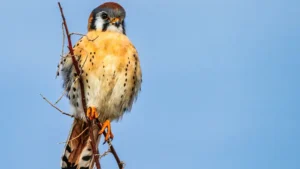
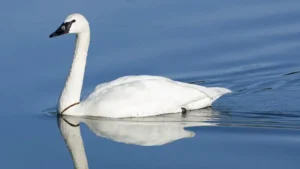
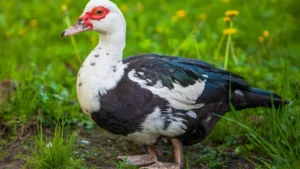
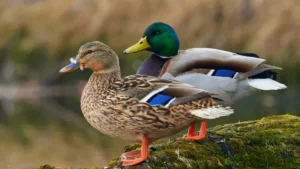
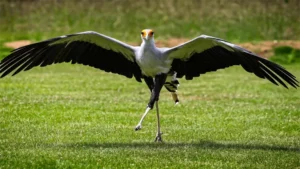



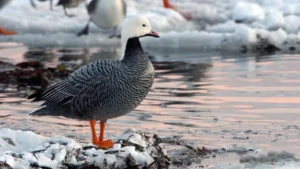
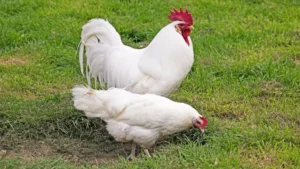
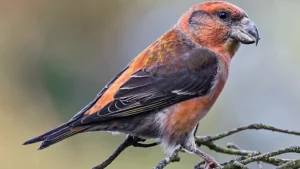
Leave your comment